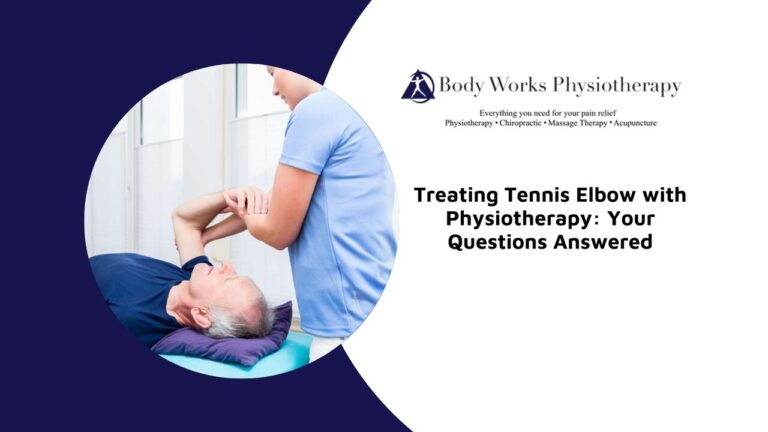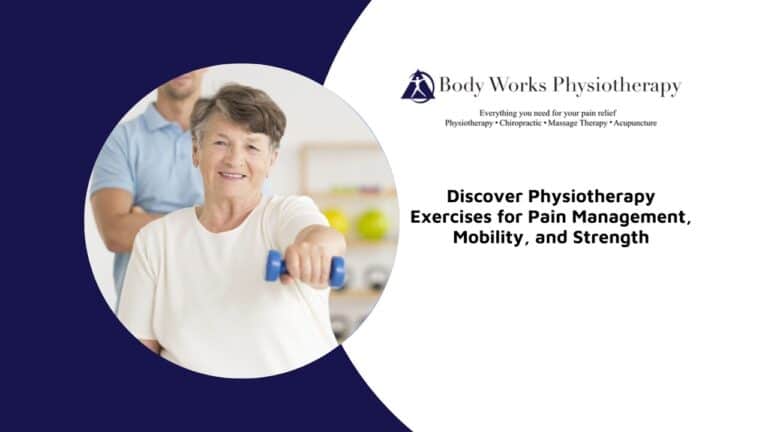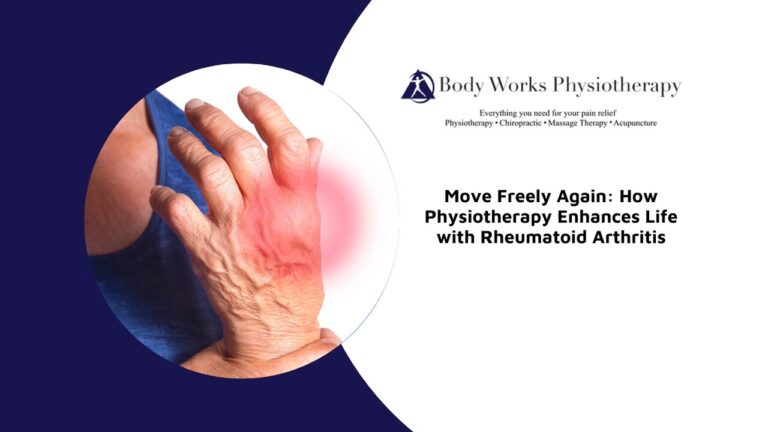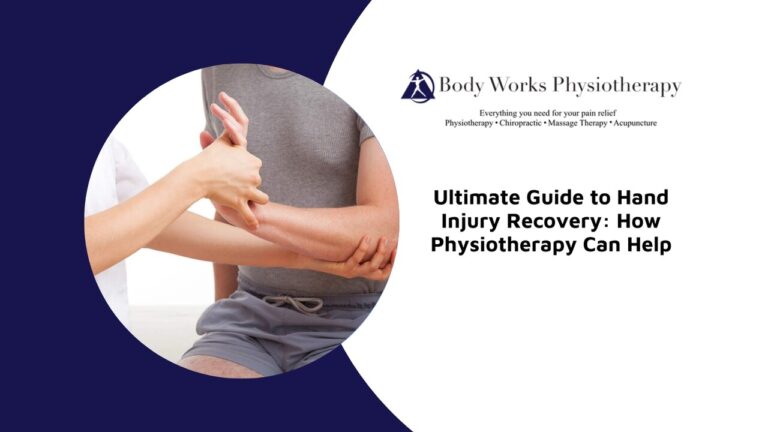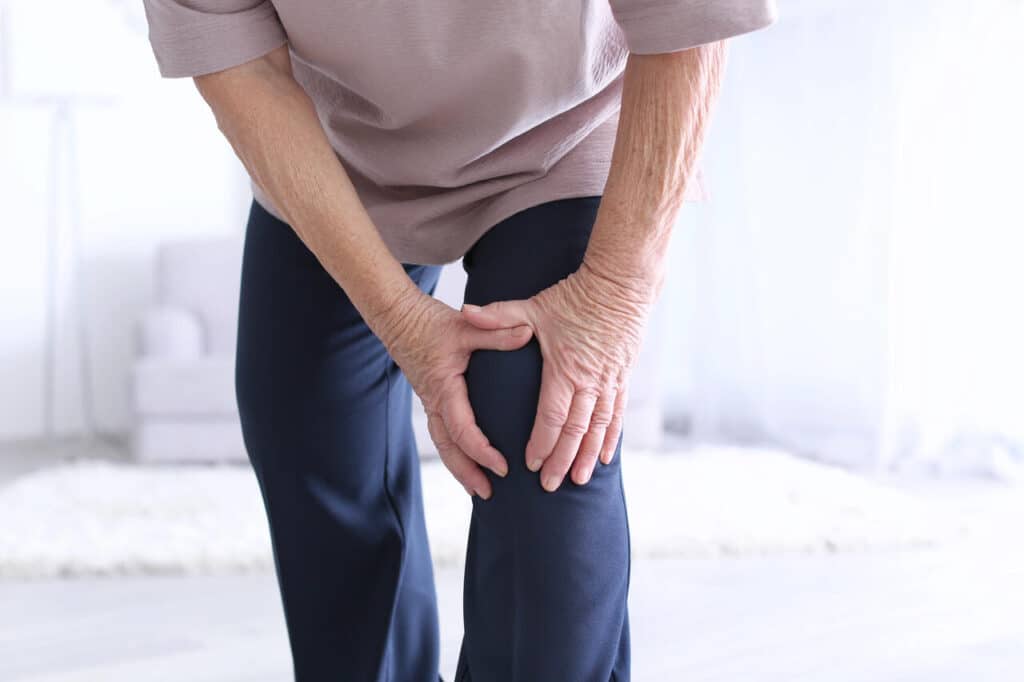
Contrary to popular belief, osteoarthritis in the knee doesn’t always require surgical intervention. Many people think that managing this condition without surgery is impossible, but we’re here to challenge that notion. In this post, we offer an alternative perspective on managing knee osteoarthritis through physiotherapy and targeted exercises.
Knee Osteoarthritis Explained
Knee osteoarthritis (OA) is a degenerative joint disease that primarily affects the knee joint. It occurs when the protective cartilage that cushions the ends of your bones wears down over time, leading to pain, stiffness, and decreased mobility in the knee. This condition can result in discomfort during movement and may worsen over time without proper management.
Physiotherapy for Osteoarthritis in the Knee
Physiotherapy can be highly effective in managing osteoarthritis of the knee. Physiotherapy treatments for knee OA typically focus on strengthening the muscles surrounding the knee joint, improving flexibility, and reducing pain and inflammation.
Through targeted exercises and manual therapy techniques, physiotherapy aims to enhance joint function and mobility, allowing individuals to better manage their symptoms and maintain an active lifestyle.
Recommended Exercises for Osteoarthritic Knees
Several exercises can benefit individuals with osteoarthritic knees by helping to strengthen the muscles around the knee joint, improve flexibility, and enhance overall joint stability. Some beneficial exercises include:
- Straight Leg Raises: Lie on your back with one leg bent and the other straight. Lift the straight leg off the ground, keeping it in line with your bent knee, and hold for 5 seconds before lowering it back down.
- Quadriceps Contractions: Sit or lie down with your leg extended. Tighten the muscle on the front of your thigh (quadriceps) by pushing the back of your knee down into the floor. Hold for 5 seconds and then relax.
- Hamstring Stretches: Sit on the edge of a chair with one leg extended. Lean forward from your hips until you feel a stretch in the back of your thigh. Hold for 15-30 seconds and then switch legs.
- Calf Stretches: Stand facing a wall with your hands against it. Step one foot back and press your heel into the ground, keeping your back leg straight. Hold for 15-30 seconds and then switch legs.
Exercises to Avoid with Osteoarthritis of the Knee
While exercise is important for managing osteoarthritis of the knee, certain activities may exacerbate symptoms and should be avoided or modified. These include high-impact activities such as running, jumping, and heavy weightlifting, as well as exercises that put excessive stress on the knees, such as deep squats and lunges. It’s essential to listen to your body and avoid any movements that cause pain or discomfort.
Factors That Worsen Osteoarthritis in the Knee
Several factors can contribute to the worsening of osteoarthritis in the knee, including:
- Excess weight: Being overweight or obese increases the stress on your knees, leading to more wear and tear on the joint cartilage.
- Injury: Previous knee injuries or trauma can accelerate the progression of osteoarthritis.
- Overuse: Engaging in repetitive movements or activities that put strain on the knee joint can exacerbate symptoms.
- Poor Posture: Incorrect posture can place additional pressure on the knees, aggravating osteoarthritis.
- Genetics: Family history and genetics can play a role in the development and severity of osteoarthritis.
Complementary Therapies to Help Manage Knee Osteoarthritis
In addition to physiotherapy and exercise, managing knee osteoarthritis may require other effective treatments aimed at reducing pain and improving joint function. Here are some key options:
- Chiropractic Care: Chiropractors use joint manipulation to improve function and alleviate pain. For knee osteoarthritis, chiropractors may work on the knee joint and surrounding areas to enhance mobility and reduce discomfort.
- Massage Therapy: Massage helps manage knee osteoarthritis by reducing muscle tension, improving circulation, and alleviating pain. Regular massages can maintain flexibility and reduce discomfort, with techniques like deep tissue massage being particularly beneficial.
- Acupuncture: This therapy involves inserting thin needles into specific points on the body to reduce pain and improve function. It helps manage knee osteoarthritis symptoms by decreasing inflammation and promoting natural pain relief.
- Shockwave Therapy: Shockwave therapy uses sound waves to stimulate healing and reduce pain. It can be beneficial for knee osteoarthritis by promoting tissue regeneration and reducing inflammation.
Improving the Range of Motion of Your Knee
Improving the range of motion of your knee is crucial for managing osteoarthritis and maintaining joint flexibility. Some effective techniques to enhance knee mobility include:
- Stretching exercises: Incorporate gentle stretching exercises into your routine to increase flexibility and reduce stiffness in the knee joint.
- Range-of-motion exercises: Perform exercises that involve bending and straightening your knee through its full range of motion, such as leg swings and knee flexion exercises.
- Manual therapy: Seek the assistance of a physiotherapist or occupational therapist who can provide manual therapy techniques to improve knee mobility, such as joint mobilizations and soft tissue massage.
- Heat therapy: Applying heat to the knee before exercise or stretching can help loosen tight muscles and improve range of motion.
Managing Knee Osteoarthritis: Benefits of Custom Knee Braces
Custom knee braces for osteoarthritis play a significant role in managing knee osteoarthritis by providing support, reducing pain, and improving mobility. These braces are designed to fit the unique contours of an individual’s knee, offering targeted relief and enhancing overall joint function. Here’s how custom knee braces can benefit those with knee osteoarthritis:
- Pain Reduction: Custom knee braces help alleviate pain by redistributing weight away from the affected area of the knee. By shifting the load to stronger parts of the joint, these braces reduce the stress on the damaged cartilage, leading to decreased pain and discomfort during movement.
- Enhanced Stability: One of the primary benefits of custom knee braces is the enhanced stability they provide. For individuals with knee osteoarthritis, joint instability can be a major concern. Custom braces offer additional support, helping to stabilize the knee during activities and preventing unwanted movements that could exacerbate the condition.
- Improved Mobility: By reducing pain and providing stability, custom knee braces enable individuals to move more freely and confidently. This improved mobility can help maintain an active lifestyle, which is crucial for managing the symptoms of osteoarthritis and preventing further deterioration of the joint.
- Personalized Fit: Unlike off-the-shelf braces, custom knee braces are tailored to fit the specific measurements and needs of the individual. This personalized fit ensures maximum comfort and effectiveness, as the brace aligns perfectly with the contours of the knee, providing optimal support and protection.
Take Control of Your Knee Health Today
Now that you’ve learned about physiotherapy for knee osteoarthritis, it’s time to take action. Body Works Physiotherapy in Scarborough specializes in providing full care programs for knee osteoarthritis and other chronic knee conditions. We’re here to help you get back on your feet! Book your appointment today and let’s work together towards a healthier, happier you.

